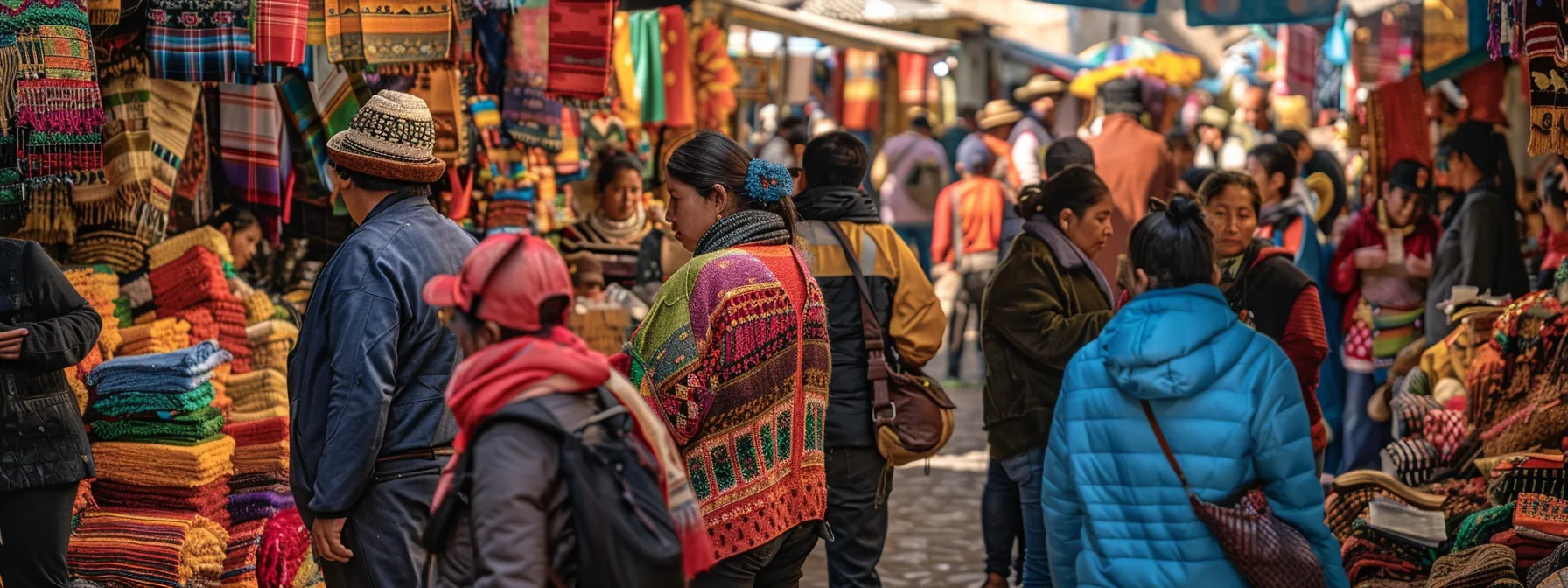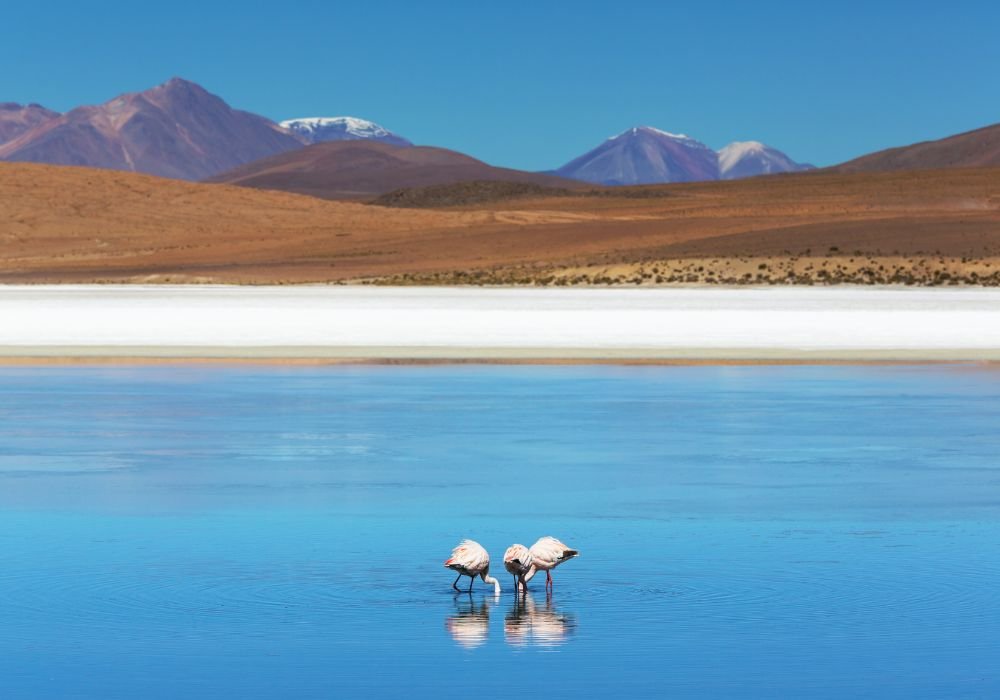Welcome, fellow adventurers and wildlife enthusiasts!
Are you ready to embark on a journey that’s as unique as it is unforgettable? A journey that combines the thrill of wildlife spotting with the richness of cultural immersion?
Welcome to the route of the sloth in Bolivia. This isn’t your typical tourist trail. It’s a path less traveled, a journey into the heart of Bolivia’s diverse landscapes and vibrant cultures.
But it’s not just about the destination. It’s about the journey. The slow, deliberate pace that mirrors the lifestyle of the very creature we’re here to observe – the sloth.
This route is a testament to Bolivia’s commitment to eco-tourism. It’s a chance to witness the country’s stunning biodiversity, to learn about the importance of conservation, and to engage with local communities in a meaningful way.
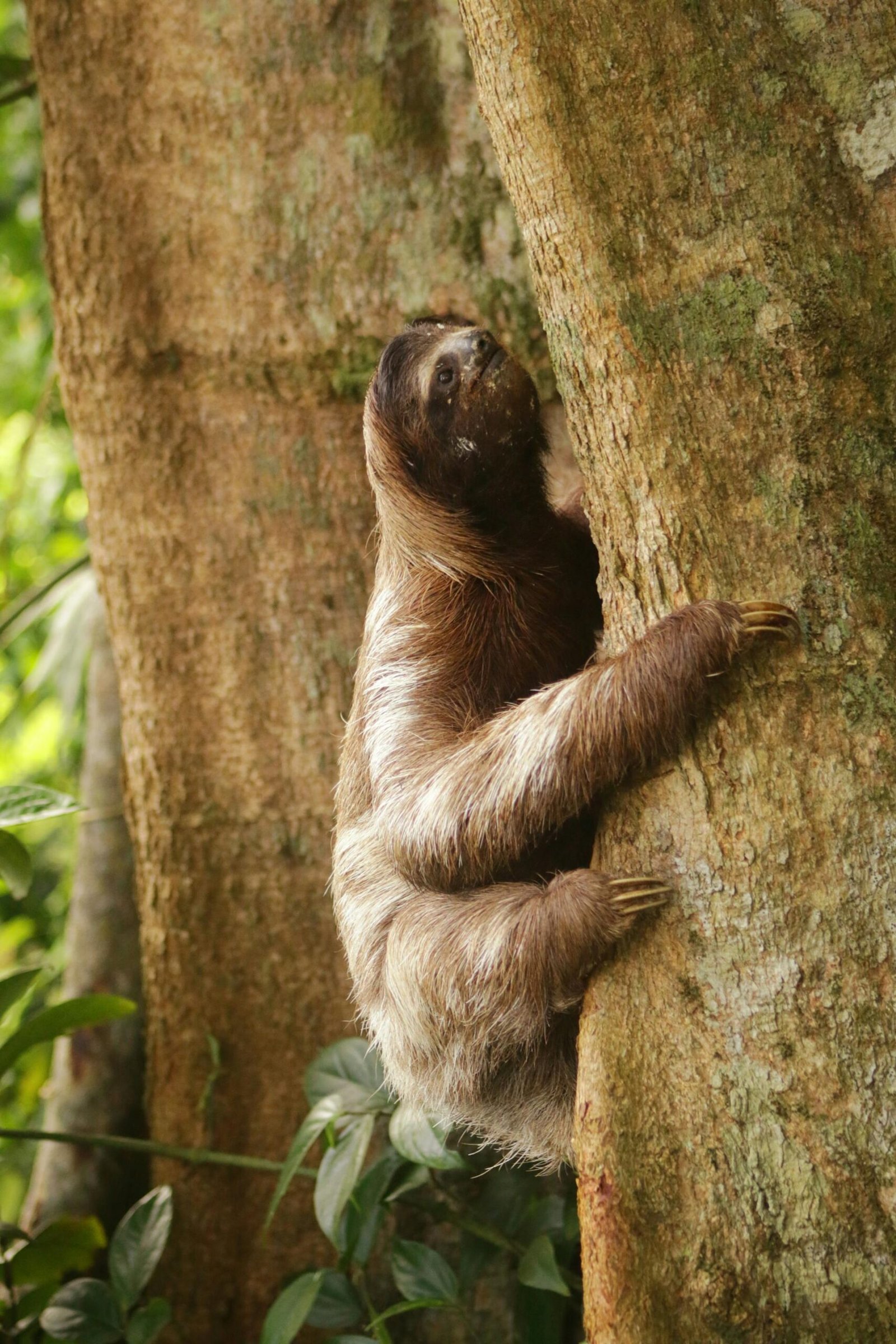
So, whether you’re an aspiring travel blogger seeking authentic content, a travel agency manager looking for a unique package to offer, or simply a lover of nature and culture, this guide is for you.
Let’s set off on this adventure together, and discover the magic that awaits on the route of the sloth in Bolivia.
Discovering Bolivia’s diverse beauty
Bolivia is a treasure trove of natural wonders and cultural richness. From the soaring peaks of the Andes to the lush expanses of the Amazon rainforest, every corner of this country offers a unique spectacle.
But Bolivia’s beauty isn’t just skin deep. It’s woven into the fabric of its vibrant cultures, its ancient traditions, and its warm, welcoming people. It’s reflected in the colorful markets of La Paz, the historic ruins of Tiwanaku, and the tranquil waters of Lake Titicaca.
So, as we embark on the route of the sloth, let’s not forget to appreciate the broader canvas of Bolivia’s diverse beauty. It’s this diversity that makes the journey all the more enriching, and the memories all the more unforgettable.
What is “The route of the sloth”?
“The Route of the Sloth” is a unique travel experience that takes you deep into the heart of Bolivia’s wildlife-rich forests. It’s a journey that combines the thrill of wildlife spotting with the serenity of nature immersion.
As the name suggests, the star attraction of this route is the sloth, a creature that embodies the slow-paced, tranquil spirit of the forest. But the route is more than just a wildlife tour. It’s a window into Bolivia’s rich biodiversity, a testament to its commitment to conservation, and a celebration of its natural beauty.
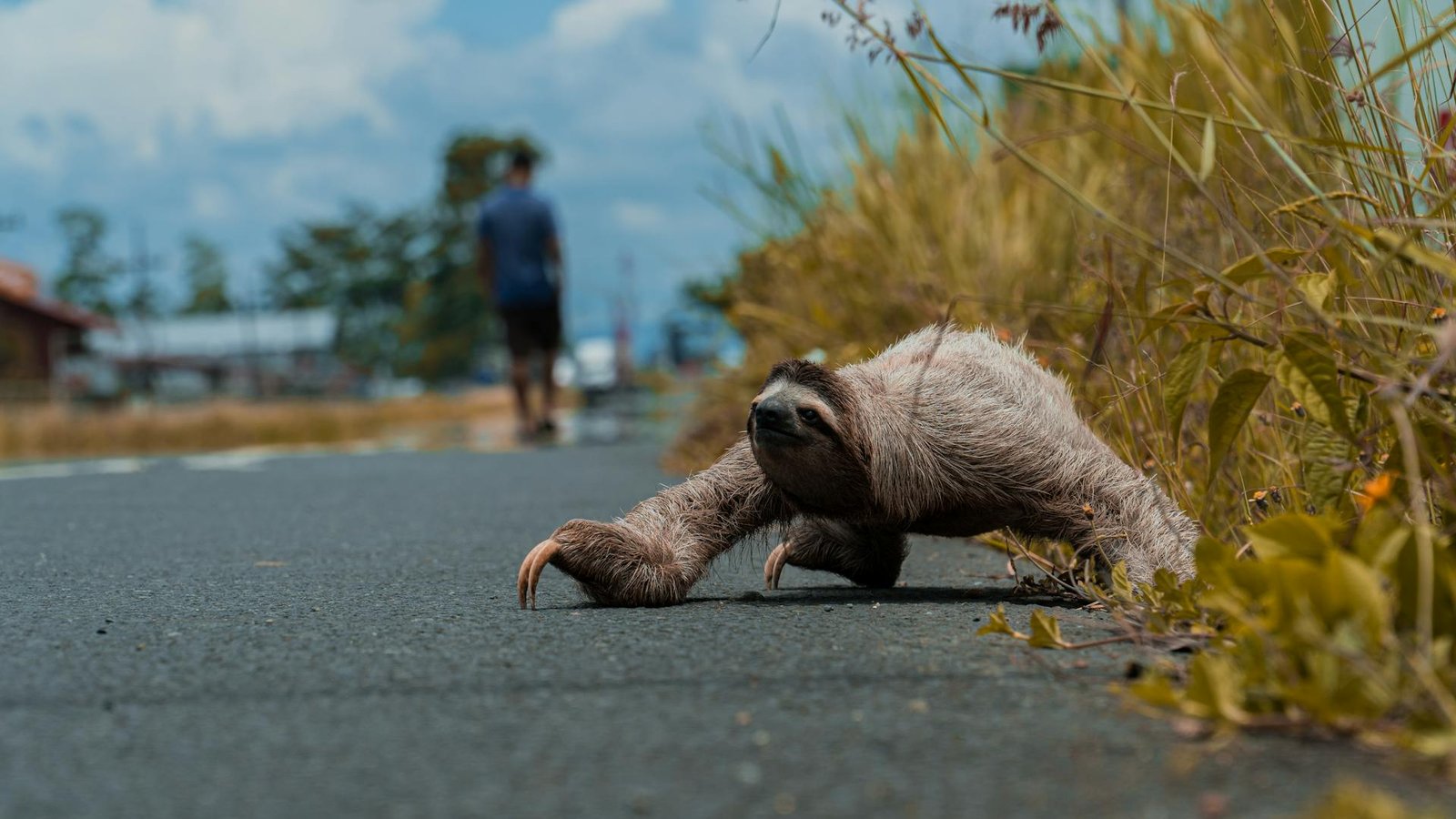
The significance of sloths in Bolivia
In Bolivia, sloths are more than just adorable creatures that hang from trees. They are an integral part of the country’s rich biodiversity and a symbol of its lush, vibrant forests.
Sloths play a crucial role in the ecosystem, helping to maintain the health and balance of the forests they inhabit. They also hold a special place in the hearts of the local people, who regard them with a mix of affection and respect.
Despite their significance, sloths in Bolivia face threats from habitat loss and climate change. This makes “The Route of the Sloth” not just an exciting travel experience, but also an opportunity to raise awareness about the importance of sloth conservation.
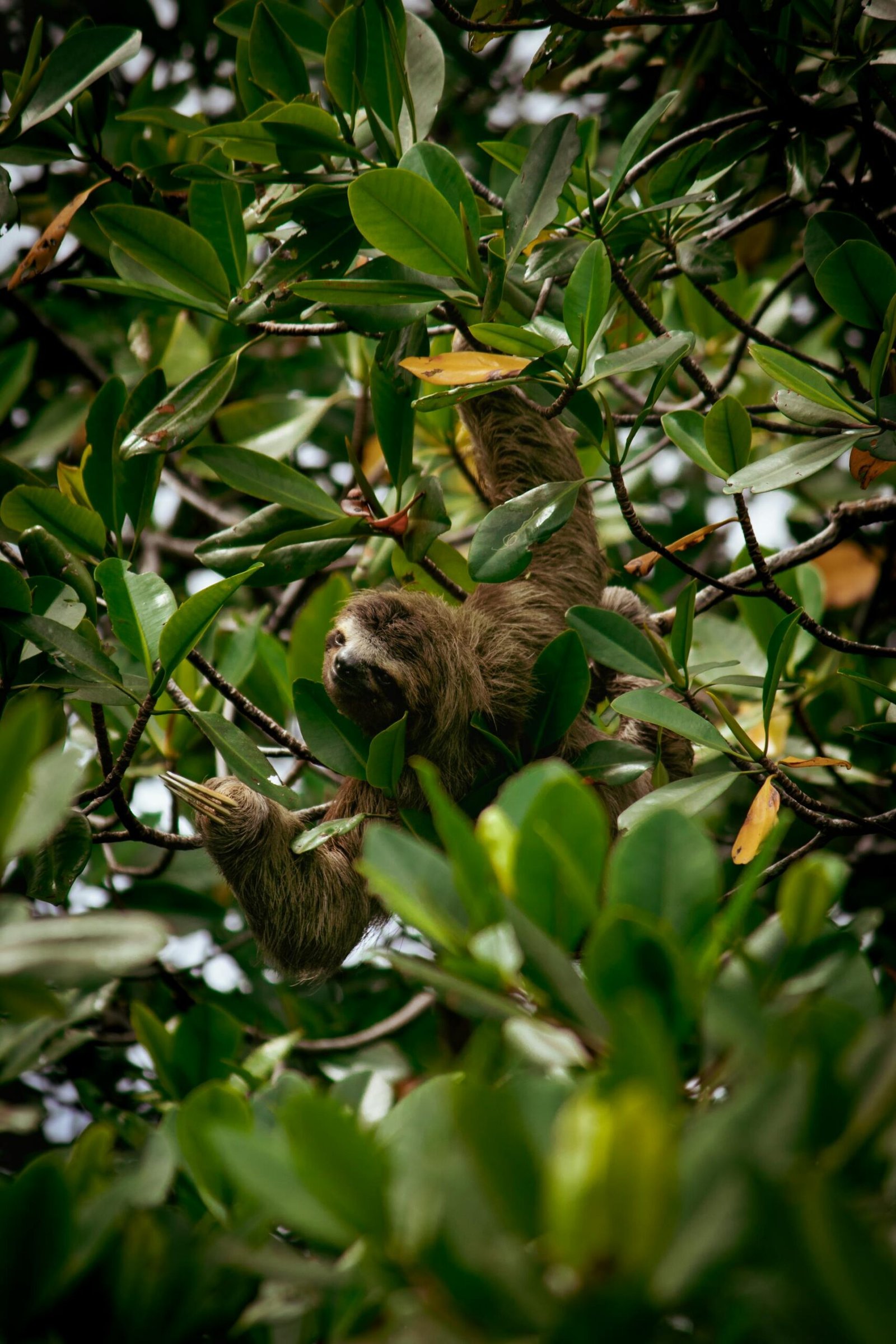
When to embark on the sloth trail
Choosing the right time to embark on the sloth trail can greatly enhance your experience. While sloths can be spotted year-round in Bolivia, the dry season, from May to October, is generally the best time for wildlife viewing.
During these months, the weather is more predictable, making it easier to navigate the trails. Plus, the lower rainfall means sloths spend more time in the open, feeding and moving around, which increases your chances of spotting these elusive creatures.
Where to find sloths: Prime locations
Bolivia is a haven for sloths, with these charming creatures inhabiting various regions across the country. However, there are a few prime locations along the route where you’re more likely to spot them.
One such location is the Amboro National Park, a biodiversity hotspot nestled between the Andes and the Amazon. Here, amidst the lush greenery and towering trees, sloths find the perfect environment to thrive.
Another hotspot is the Madidi National Park, one of the most biodiverse places on earth. This park is home to a variety of wildlife, including the endearing sloths.
For the best chances of spotting sloths, consider visiting these locations:
- Amboro National Park
- Madidi National Park
- Carrasco National Park
- Isiboro Sécure National Park
Remember, patience is key when it comes to wildlife spotting. So, take your time, keep your eyes peeled, and enjoy the thrill of the search.
Understanding sloth behavior and habitat
Sloths are fascinating creatures, known for their slow pace and tree-dwelling lifestyle. They spend most of their lives hanging upside down in the trees of the tropical rainforests.
These adorable animals are mostly nocturnal and love their sleep. They can sleep for up to 15 hours a day! When they’re not sleeping, they’re usually eating, with leaves, twigs, and buds making up the bulk of their diet.
Despite their slow pace, sloths are excellent swimmers. They may occasionally descend from their tree-top homes to swim in the rivers. Understanding these behaviors can enhance your sloth-spotting experience, making it even more rewarding.
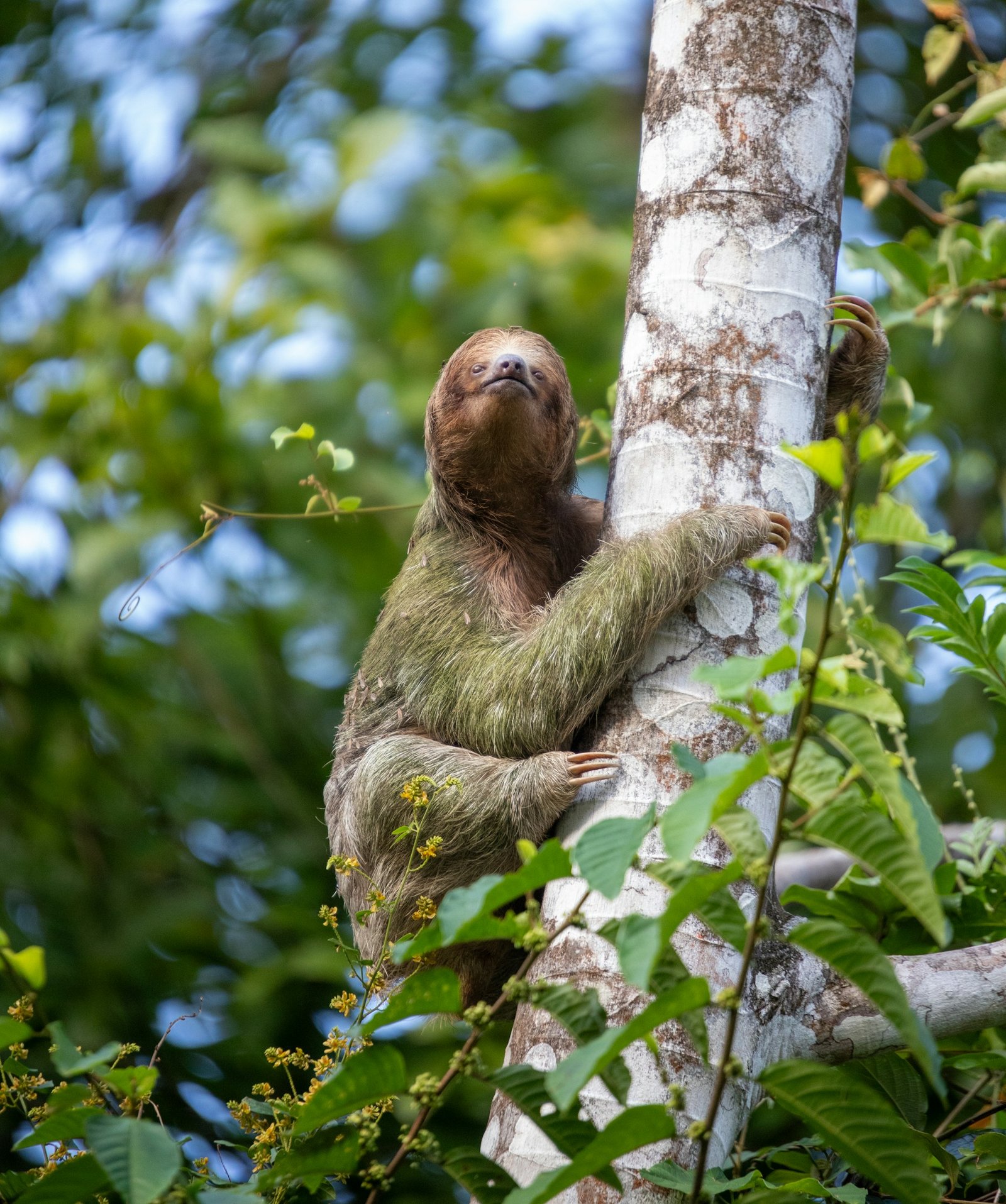
Ethical wildlife observation: Do’s and don’ts
Observing wildlife ethically is crucial to ensure the well-being of the animals and their habitats. As you embark on the sloth route, it’s important to remember that we are guests in their home.
Here are some do’s and don’ts to keep in mind:
- Do maintain a respectful distance from the sloths.
- Don’t feed the sloths or any other wildlife.
- Do stay on the marked trails to minimize disturbance.
- Don’t use flash photography, as it can startle the animals.
- Do pick up after yourself and leave no trace.
By following these guidelines, we can enjoy the beauty of Bolivia’s wildlife while ensuring that future generations can do the same. Remember, our actions today shape the world of tomorrow.
Cultural exchange and community engagement
The route of the sloth in Bolivia is not just about wildlife. It’s also a journey into the heart of Bolivian culture. As you traverse the route, you’ll encounter local communities, each with its own unique traditions and ways of life.
Engaging with these communities is a rewarding part of the journey. You’ll have the chance to learn about their customs, participate in their daily activities, and even try their local cuisine. It’s a chance to see Bolivia through the eyes of its people.
Remember, cultural exchange is a two-way street. As much as we learn from the local communities, it’s important to respect their traditions and values. Let’s embrace the spirit of mutual respect and understanding as we journey through the route of the sloth.
The natural landscapes of the sloth route
The route of the sloth in Bolivia is a journey through some of the most stunning landscapes in South America. From lush rainforests to towering mountains, the route offers a visual feast for nature lovers.
As you traverse the route, you’ll encounter a variety of ecosystems, each with its unique flora and fauna. The dense foliage of the rainforest, the serene beauty of the wetlands, the rugged grandeur of the mountains – each landscape is a testament to Bolivia’s rich biodiversity.
But the landscapes are more than just beautiful backdrops. They are the habitats of the sloths and countless other species. As we journey through these landscapes, let’s remember to tread lightly and respect their natural beauty.
Guided tours vs. independent travel
When embarking on the route of the sloth in Bolivia, you have two main options: joining a guided tour or exploring independently. Each option has its unique advantages and considerations.
Guided tours offer the benefit of expert knowledge and logistical support. Your guide will know the best spots for sloth spotting, and they can share fascinating insights about the local wildlife and culture. Plus, you won’t have to worry about transportation or accommodation arrangements.
On the other hand, independent travel offers more flexibility. You can set your own pace and itinerary, allowing for spontaneous detours and discoveries. However, it requires more planning and preparation, and you’ll need to be comfortable navigating unfamiliar environments.
Ultimately, the choice between guided tours and independent travel depends on your personal preferences and travel style.
Packing essentials for the sloth route
When preparing for the route of the sloth in Bolivia, packing smart is key. The right gear can enhance your comfort and enjoyment of the journey, while also ensuring you’re prepared for various weather conditions and activities.
Here are some essentials to include in your packing list:
- Lightweight, breathable clothing for warm days
- Layers for cooler temperatures and high altitudes
- Rain gear, as weather can be unpredictable
- Comfortable hiking shoes
- Binoculars for wildlife spotting
- Sunscreen and insect repellent
- Reusable water bottle and snacks
- Camera or smartphone for capturing memories
- Basic first aid kit
Remember, packing light is always a good idea when traveling. It’s easier to manage your belongings and leaves room for any souvenirs you might pick up along the way. Plus, it’s more sustainable and respectful to the environment. So, pack wisely and enjoy your adventure on the sloth route!
Getting there: Transportation tips
Reaching the starting point of the sloth route in Bolivia can be an adventure in itself. Bolivia’s transportation system is diverse, offering several options to suit different travel styles and budgets.
For international travelers, flying into Bolivia’s main airports in La Paz or Santa Cruz is the most common option. From there, domestic flights, buses, or taxis can take you to the smaller towns and villages that mark the beginning of the sloth route. Remember, patience is key when navigating Bolivian transportation. Embrace the journey as part of your adventure, and you’ll be spotting sloths before you know it!
Accommodations along the route
The sloth route in Bolivia offers a variety of accommodations to suit every traveler’s needs and preferences. From rustic eco-lodges nestled in the heart of the jungle to comfortable hostels in bustling towns, there’s something for everyone.
Eco-lodges provide an immersive experience, allowing you to wake up to the sounds of the jungle and the sight of wildlife right outside your window. They often operate on sustainable principles, contributing to local conservation efforts. On the other hand, hostels offer a chance to meet fellow travelers, share stories, and make new friends.
No matter where you choose to rest your head, you’ll find warm Bolivian hospitality and a sense of community that makes the journey even more rewarding. After all, the route of the sloth is not just about the destination, but also about the people you meet along the way.
Culinary delights: Local foods to savor
One of the joys of traveling is the opportunity to savor local cuisine, and the sloth route in Bolivia is no exception. Bolivian food is a delightful blend of indigenous and Spanish influences, with a focus on fresh, locally sourced ingredients.
As you journey along the route, you’ll have the chance to try dishes like salteñas (a type of Bolivian empanada), llajwa (a spicy tomato sauce), and anticuchos (grilled skewers often served with potatoes and a spicy peanut sauce). Don’t forget to wash it all down with a glass of singani, Bolivia’s national spirit made from white Muscat grapes.
Sampling local foods not only tantalizes your taste buds but also provides a deeper understanding of Bolivia’s rich culture and traditions. So, make sure to indulge in the culinary delights that the sloth route has to offer.
Staying safe and healthy on your journey
Traveling along the sloth route in Bolivia is an adventure, but it’s essential to prioritize your health and safety. Bolivia’s diverse landscapes, from high-altitude mountains to dense jungles, can pose unique challenges to travelers.
Firstly, it’s crucial to stay hydrated and protect yourself from the sun. High altitudes can lead to dehydration faster than you might expect. Also, remember that the sun’s rays are stronger at higher elevations, so don’t skimp on the sunscreen.
Here are a few more tips to keep in mind:
- Always carry a first aid kit with essentials like band-aids, antiseptic wipes, and any necessary prescription medications.
- Be mindful of what you eat and drink to avoid traveler’s diarrhea. Stick to bottled water and ensure your food is thoroughly cooked.
- If you’re traveling at high altitudes, take time to acclimatize to prevent altitude sickness.
Remember, your well-being is paramount. By taking a few precautions, you can ensure your journey along the sloth route is a memorable and healthy one.
The importance of local guides
Local guides are an invaluable resource on the sloth route. They possess a deep understanding of the terrain, the wildlife, and the local culture. Their knowledge can greatly enhance your travel experience, providing insights you might otherwise miss.
Moreover, local guides are trained to spot wildlife, including elusive sloths, in the dense Bolivian forests. They can also ensure your interactions with wildlife are respectful and non-disruptive. By choosing to travel with a local guide, you’re not only enriching your journey but also supporting the local economy.
Beyond sloths: Additional attractions
While the sloths are undoubtedly the stars of this route, Bolivia’s diverse landscapes offer much more to explore. From breathtaking mountain vistas to lush rainforests, the country’s natural beauty is a feast for the eyes. Along the route, you’ll encounter a variety of other wildlife species, adding to the richness of your adventure.
Don’t miss the opportunity to visit local markets and archaeological sites. These places provide a glimpse into Bolivia’s rich history and vibrant culture. Whether it’s tasting exotic fruits at a bustling market or exploring ancient ruins, these experiences will make your journey even more memorable.
Lastly, consider extending your travel plans to include Bolivia’s famous salt flats, the Salar de Uyuni. This surreal landscape is a photographer’s dream and a must-visit for any traveler. The route of the sloth is just the beginning of what Bolivia has to offer.
Contributing to conservation efforts
As travelers, we have a responsibility to protect the places we visit. This is especially true when it comes to wildlife-focused travel like the route of the sloth. By choosing ethical wildlife observation practices, we can ensure that our presence doesn’t harm these gentle creatures or their habitat.
But our responsibility doesn’t end there. Many local organizations are working tirelessly to conserve Bolivia’s sloths and their habitats. Consider supporting these efforts by donating, volunteering, or simply spreading the word about their work. Remember, every little bit helps.
Finally, remember to leave no trace. This means taking all your trash with you, staying on designated paths, and respecting all wildlife. By doing so, we can ensure that the route of the sloth remains a haven for these unique creatures for generations to come.
Capturing the moment: Photography tips
Photographing sloths in their natural habitat is a thrilling experience. However, it’s important to remember that these are wild animals, not props for our photos. Always maintain a respectful distance and avoid using flash, as it can startle and harm the sloths.
A good zoom lens is a must for wildlife photography. It allows you to capture close-up shots without disturbing the animals. Also, remember that sloths are most active during dawn and dusk. This is when you’ll get the best opportunities for action shots.
Lastly, don’t forget to take in the scenery. The route of the sloth takes you through some of Bolivia’s most stunning landscapes. From lush rainforests to towering mountains, there’s plenty to capture. So, keep your camera ready and your eyes open. You never know what incredible sights you’ll come across.
Traveler testimonials: Stories from the sloth route
One of the best ways to understand the magic of the sloth route is through the stories of those who’ve experienced it. Take Maria, a travel blogger from Spain. She describes her encounter with a sloth as “a moment of pure serenity. Watching this gentle creature move so slowly, so peacefully, it was like time stood still. It was a reminder to slow down and appreciate the beauty around us.”
Then there’s Tom, a wildlife photographer from Australia. He shares, “The sloth route was a dream come true. Not only did I get some amazing shots of sloths, but I also got to experience the rich culture and stunning landscapes of Bolivia. It was an adventure I’ll never forget.”
These stories are just a glimpse of the countless unforgettable experiences that await you on the sloth route. Each journey is unique, filled with moments of awe, wonder, and connection with nature.
Respecting local traditions and the environment
Traveling the sloth route is not just about spotting these adorable creatures. It’s also about immersing yourself in the local culture and respecting the environment. Bolivia is home to diverse indigenous communities, each with its unique traditions and customs. As you journey through the sloth route, you’ll have the opportunity to learn about these cultures, their way of life, and their deep connection with nature.
Remember, you are a guest in their home. It’s essential to respect their customs and traditions. This includes asking for permission before taking photos, dressing appropriately, and being mindful of sacred sites. Similarly, when it comes to the environment, practice the principles of Leave No Trace. This means disposing of waste properly, minimizing campfire impacts, respecting wildlife, and being considerate of other visitors.
By respecting local traditions and the environment, you contribute to the preservation of these communities and their natural habitats. This ensures that future generations can also experience the magic of the sloth route.
Conclusion: The lasting impact of the sloth route
As you conclude your journey along the sloth route, you’ll carry with you not just memories, but a deeper understanding of nature and the importance of conservation. The slow pace of the sloths, their gentle demeanor, and their harmonious existence with their environment serve as a reminder of the need for balance in our own lives.
The route of the sloth in Bolivia is more than just a travel itinerary. It’s a transformative experience that challenges you, educates you, and leaves you with a profound appreciation for the beauty of our planet. It’s a journey that resonates long after you’ve returned home, influencing your perspective on travel, wildlife, and the environment.
So, whether you’re an aspiring travel blogger seeking authentic content, a travel agency manager looking for unique travel packages, or simply a nature lover, the sloth route in Bolivia offers an unforgettable adventure. It’s a journey that inspires, educates, and leaves a lasting impact.




